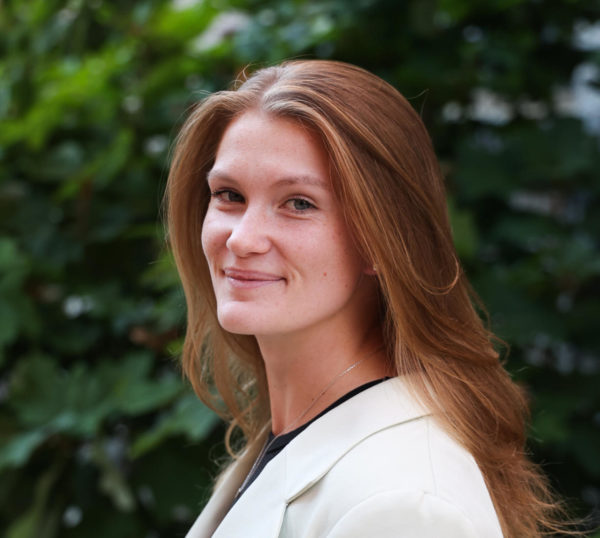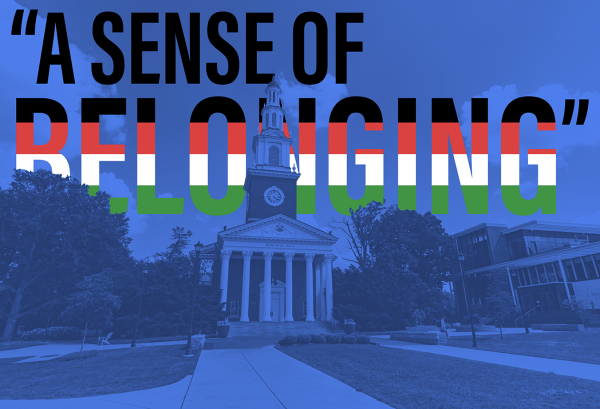My reflection: Women who have inspired me
March 28, 2023
March is Women’s History Month, which allows us to reflect on all of the women who have had a great impact on the world. Though this list can vary from person to person, the Kernel opinions staff will be offering its selection of inspirational women throughout March.
When I look in the mirror I see different reflections of myself; I see women who have shaped me into the person I am today.
I’ve always seen myself as a mosaic made up of different pieces from different people.
I grew up reading classic Brazilian literature — the most prominent and liveliest piece of my mosaic.
I grew up reading stories written by women, about women and for women.
The main figure that still reverberates in my life is the Brazilian writer and poet Carolina Maria de Jesus, a Black, lower-class woman who lived in one of the poorest communities in the state of São Paulo, Brazil.
What made me fall in love with her and her writing is her character as a true poet of life, even when hers went without much beauty.
Carolina Maria de Jesus was one of the first prominent Black writers in Brazil — a country which, at the time in the 1960s, was substantially rooted in structural racism.
With no academic training, she was able to gather pieces of paper found on the floor in the streets, as she worked as a garbage collector, to start writing her books.
When I think of Maria de Jesus, I think of her struggle to make literature a vehicle of personal and political witness.
Her main work, “Quarto de Despejo” (Child of the Dark), represents words as weapons of protest for dignity. From her, I learned that what looks like garbage on the floor can be traces of poetry.
The pieces of my mosaic are not just literary. Frida Kahlo, without a doubt, has also been a woman who is still one of my biggest inspirations.
Kahlo, a Mexican artist, was one of the greatest self-portrait painters of the 1930s. Everyone who contemplates her art feels the artist’s pain, anguish and intimacy. Kahlo taught me the value of pain.
Her tragic car accident, which caused her to seriously fracture her spine, did not stop her art. This is what makes me admire her — amidst the chaos, she found art and continued painting her self-portraits even with bandages across her body.
Even without being able to move, in her bed, she screamed her pain with her paintbrush.
Lastly, I cannot fail to include the woman who has been indirectly present in my life since I was seven years old: Anne Frank.
Frank’s name is one that still reflects on me when I look in the mirror.
When I turned seven, my uncle gave me the book “The Diary of a Young Girl” written by a little Jewish girl, Frank, who was afraid to see the sun through her window.
I remember that when I read and smelled each page of the book, I felt like I was in that small room with Frank and her family. I immersed myself in the world of anguish and development that she expressed in her diary.
Frank motivated me to write my own diary as I read hers.
As I was still very young, I didn’t understand that this was one of the hardest political stories to read.
For me, she was a friend from the past who traveled in time to tell me about her daily life in Nazi Germany.
But I grew up with Frank’s diary by my bed. My political, moral and social thoughts matured over time, and I always turned to the book.
Frank was my gateway to understanding the cruelty of humanity. She was my faithful friend who still talks to me when I open her diary.
As a woman, my reflection in the mirror reveals stories of other women who, even if they are not physically present, cannot be erased from history.



















































































































































